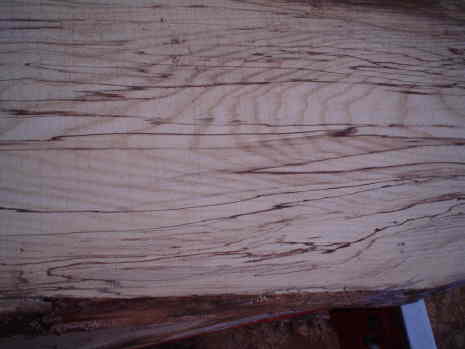Question
We dry red and white oak to 8 - 10% MC for laminated trailer floors. The plant tells us our lumber is slippery to handle with the forklifts and also hard to feed into the AEM abrasive planer because the drive wheels spin on it. They say lumber from other suppliers is fine. Why could this be?
Forum Responses
This can happen with lumber that is actually over-dried. So, how do you measure the MC? If you use a pin meter, you can get readings of 6.5% MC and yet the true MC can be as low as 4% MC. Also, after drying, do you equalize and condition? It is the surface MC that is critical when machining lumber, not the average or core MC. Please post any additional information or ideas based on what I have said here.
Gene Wengert, forum technical advisor
Are your samples including several pieces that represent the driest lumber in the load?
As a general statement, never skip equalization, even if the sample boards are within the range desired (no more than 2% MC apart, assuming you have both the driest and wettest), as the surface is drier and the ends are drier.
Drier lumber is much stronger than lumber over 7% MC. As a result, drier lumber machines with more difficulty and requires more energy to feed.
Gene Wengert, forum technical advisor
Gene Wengert, forum technical advisor
